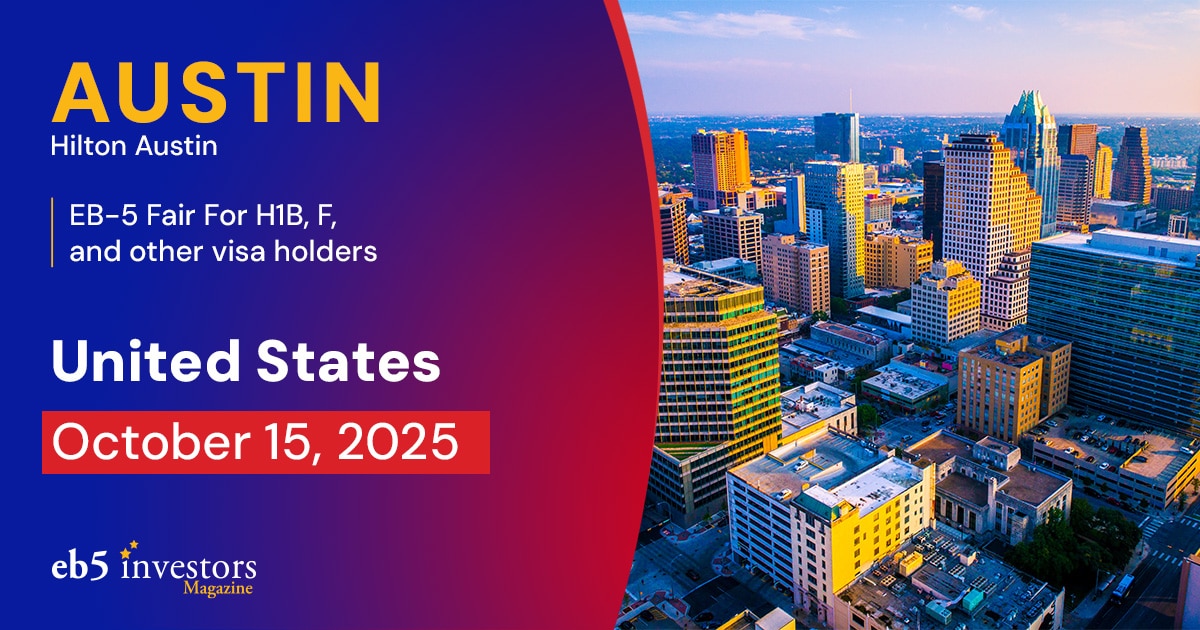 By Dillon Colucci
By Dillon Colucci
USCIS posted several non-precedent AAO decisions in May 2014 for I-526 Petitions and I-829 Petitions. Among numerous defects, the denial of an I-526 Petition by the AAO provides an important reminder about the tracing of sources of funds and providing adequate evidence of such source. In this case, the petitioner was located in Syria, which is in the midst of a civil war. The petitioner did provide USCIS with evidence that the “primary” documentation of his or her source of funds was unavailable due to Syrian banking conditions. However, USCIS noted:
“if the petitioner had demonstrated that primary evidence does not exist or is unavailable, he then must submit secondary evidence establishing the path of his investment funds. If the secondary evidence is unavailable, then the petitioner must submit two or more affidavits that comply with the requirements for a legal affidavit.” 8 C.F.R. $103.2(b)(2)(i).
It appears a form of “hawala” exchange was used. What the petitioner failed to do in this case was submit affidavits from the individuals who assisted him with transferring funds out of Syria. This type of path for a source of funds is also prevalent in Vietnam, where EB-5 investors can enlist the services of gold shop owners and other individuals who will assist in transferring the funds for the EB-5 investors out of the country. This case is a reminder to document each step in the transaction, obtain affidavits where possible, and also keeps receipts, whether they are computer-printed or hand-written.
Of additional note is the granular level of review USCIS conducts during its adjudication process. For instance, in one AAO decision, the AAO cites a petitioner’s personal loan contract (such loan had been used for petitioner’s $500,000 investment) to note that the loan could not be used for an equity investment. Accordingly, the AAO determined that the petitioner had not shown a lawful source of the investment amount.
Lastly, the AAO included an interesting sentence within its discussion of the denial of the I-526 Petition for redemption issues. “The petitioner has not shown that he has placed the required amount of capital at risk for the purpose of generating a return on the capital. While not determinative, page 31 of the Confidential Private Offering Memorandum explicitly states that “[a]n investment in the partnership is purely for immigration benefits and not for commercial return on investment.” While the AAO had plenty of other grounds to reject this I-526 Petition, their characterization of the lack of any commercial return on investment as being in violation of the “at risk” requirement, may be telling. The necessity of a commercial return on investment in order for an EB-5 investor’s funds to be “at risk” is in-line with our reading of 8 C.F.R. 204.6(j)(2) which states “…the petition must be accompanied by evidence that the petitioner has placed the required amount of capital at risk for the purpose of generating a return on the capital placed at risk [emphasis added].”
DISCLAIMER: The views expressed in this article are solely the views of the author and do not necessarily represent the views of the publisher, its employees. or its affiliates. The information found on this website is intended to be general information; it is not legal or financial advice. Specific legal or financial advice can only be given by a licensed professional with full knowledge of all the facts and circumstances of your particular situation. You should seek consultation with legal, immigration, and financial experts prior to participating in the EB-5 program Posting a question on this website does not create an attorney-client relationship. All questions you post will be available to the public; do not include confidential information in your question.








